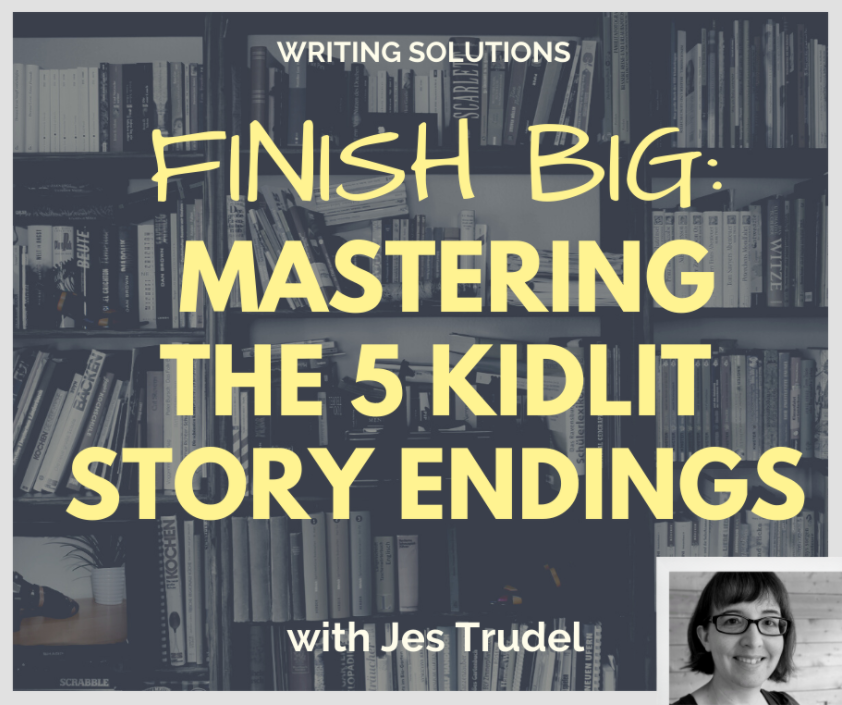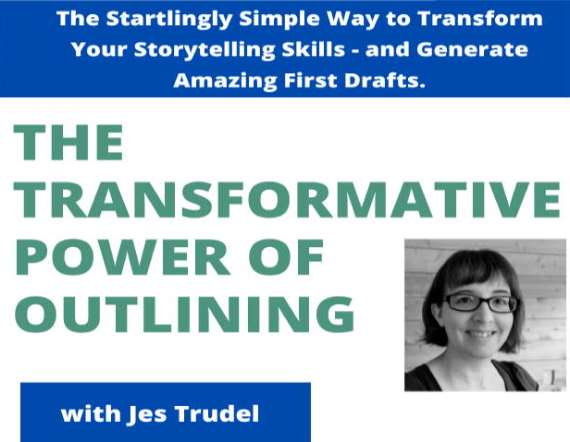
Sell Your Ideas (and Yourself) with These 3 Sales Hacks
We’re all a little afraid to put ourselves out there. Rejection HURTS! But being creative — and getting your creative work out into the public eye — requires that you risk rejection somewhere down the line. Even if you go it alone and put your work out directly to consumers, you can still face rejection by consumers. There is no way to put yourself out there that is entirely risk-free.
In this post I’m going to share 3 sales rules that will take your pitching skills to the next level. These are rules I developed over 20 years of sales experience. What does sales have to do with it? EVERYTHING.
Whether you’re pitching a publishing professional, or directly to the end consumer, you’re ultimately selling them a product. Actually, you’re selling them two products: your idea is a product, and YOU are a product.
RULE #1: It’s about meeting needs
Contrary to popular belief, sales is not about selling someone something they don’t need. The #1 rule for any sale is identify and fulfill needs. You don’t send a nonfiction children’s book manuscript to an adult fiction magazine editor. It won’t work because they don’t need (or want) it. It would be a total waste of everyone’s time.
So, what need are you fulfilling? That’s entirely up to you to figure out. Some of my greatest successes at pitching manuscripts has come from perusing a website that I love, that covers a subject I know something about, and identifying a gap in their coverage.
When it came time to pitch, it was fairly easy. All I had to say was, “I noticed that you don’t have any content about [subject]. I have [expertise]. Would you like me to write [details about what you’re pitching]?”
In some cases, it really has been that easy. The organization responded saying, “Yes! That would be wonderful. We pay $____. Does that work for you?”
Of course, this hasn’t worked in every case. Simply put, not every outlet wants to fills those gaps, has the means to pay someone to do it, or looks outside their own organization for content. That’s okay because…
Rule #2: It’s a numbers game
…sales is all about numbers. The more often you pitch, the more times you’ll hear yes.
It’s important to develop a database of people to pitch to, and track who you’ve pitched to and when. This will allow you to approach people methodically and professionally, while also keeping yourself sane in the process. It also allows you to set measurable goals and know when you’ve met them. What to pitch 20 times this year? Your tracking database will allow you know when you’ve hit your target.
When I developed my first database of prospects (this was for a different industry than the one I’m in now), I literally copied and pasted my Facebook friends list into an Excel sheet and deleted every column except the names. This gave me a clean list of names of family, friends, and acquaintances to start with. Now, we have more robust contact book systems that allow us to download names and contact info into csv files from email, social media, etc. Take advantage of the tools available to you!
If friends and family are not your target audience, there are many other ways to start a database without starting completely from scratch. If you’re looking for literary agencies or publishers, for example, we have lists here on WritingCommunity.ca that you can start with. You can also look to other places like Twitter, wikis, and streaming platforms to find consumer-created lists of people and organizations for just about any industry. Copy and paste them into an Excel sheet and you’ve got the beginnings of a database!
RULE #3: It’s about building relationships
You’ve heard the expression “persistence pays”, but a lot of people take this the wrong way. It doesn’t mean keeping pushing right now. Nobody likes a pushy salesperson. If you pitch someone and they say no, just say thank you. Persistence does pay, but only long-term.
Pushing yourself and your ideas on people all in one sitting will have the opposite effect than what you want. They may eventually say yes, but more often than not they’ll feel forced into it and will end up backing out in the end. Or, perhaps worse, you’ll have permanently damaged your relationship with them.
A sale as an opportunity to build a long-term relationship. It’s not just about this one yes today — it’s about all the yes’s you might get (and give) over the life of the relationship. If they don’t say yes today, that’s okay. They might say yes tomorrow, or next year, or five years from now. And if they really like you, they might refer you to others or refer others to you that will turn into more sales.
When you’re making a sale, if you don’t think the sale is going to happen, you may still be able to salvage it long-term. You just might need to give up your dream of a net profit today in favour of a net profit tomorrow. Can you co-promote in some way? Is there an equal trade of expertise you can make now? Is there something they’re selling that you can buy from them as a show of good faith? These relationship building tactics will help cement your face in their mind/your place in their lives, which could result in a sale down the line. The best salespeople build mutually beneficial relationships.
I hope these three sales rules take your pitching skills to the next level!


